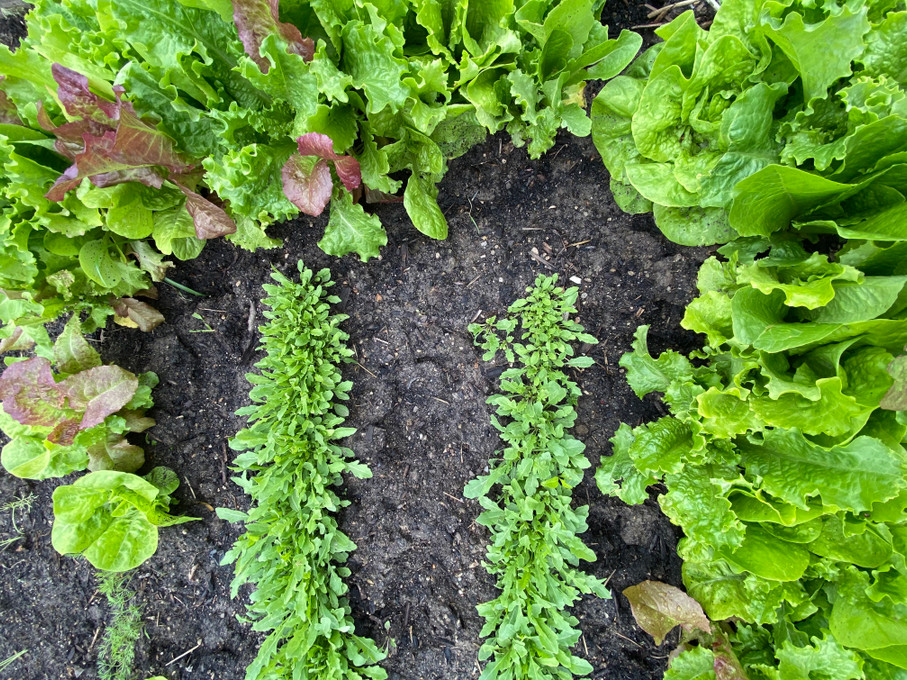
Succession Planting in the Home Garden: What and when to plant
Posted by Lynn Byczynski on 1st Mar 2023
Succession planting is the practice of planting a crop several times to spread out the harvest over the longest possible period. The recommended length of time between plantings is based on how long a crop produces and how long it maintains quality in storage.
Some vegetables don’t need to be succession planted because they produce over the entire season — indeterminate tomatoes and pole beans, for examples.
Vegetables that do produce just a single harvest, such as head lettuce and cauliflower, are the best candidates for succession planting. However, if you are a home gardener, a few other factors should be considered before you work out a succession planting schedule.
The first issue you will confront is space. If your garden space is limited you may not be able to plant something multiple times because you need the space for a different crop. Let’s say you plant head lettuce in the space between onion rows early in spring. That works well while the onions are small, but after you harvest the lettuce, you will want to leave that space open for the onions to expand and bulb. If you grow a space-intensive crop such as melons, winter squash, or sweet potatoes, you may need the entire spring garden!
The second consideration is your climate. If you have a long spring and cool summer, you can succession plant all your cool-weather crops throughout the season. But if your spring quickly turns to a hot summer, it may be pointless to succession plant some crops that won’t fare well or taste good in hot weather. You might as well give up on spinach and plant tomatoes or peppers instead. Before you schedule a succession planting, count ahead the days to maturity to see if the weather will still be suitable for that vegetable.
The third consideration is your own needs and desires — how much of a vegetable do you want to eat? If you love homegrown lettuce, it may be worth your trouble to succession plant it. If you’re lukewarm on arugula, you might be happy with just one planting early in spring. Don’t forget about preserving your harvest, too; if you have the time and space to can and freeze, succession planting may be necessary to get enough to eat now and later.
With these considerations in mind, the succession planting recommendations below will be a good place to start your planning.
Plant every 2 weeks: arugula, bush beans, beets, broccoli, cauliflower, kale, kohlrabi, lettuce, muskmelons, green onions, salad greens, radishes, spinach, determinate tomatoes, turnips.
Plant every 3 weeks: basil, cilantro, cabbage, carrots.
Plant every 4-5 weeks: cucumbers, summer squash.
Plant every 8 weeks: eggplants
